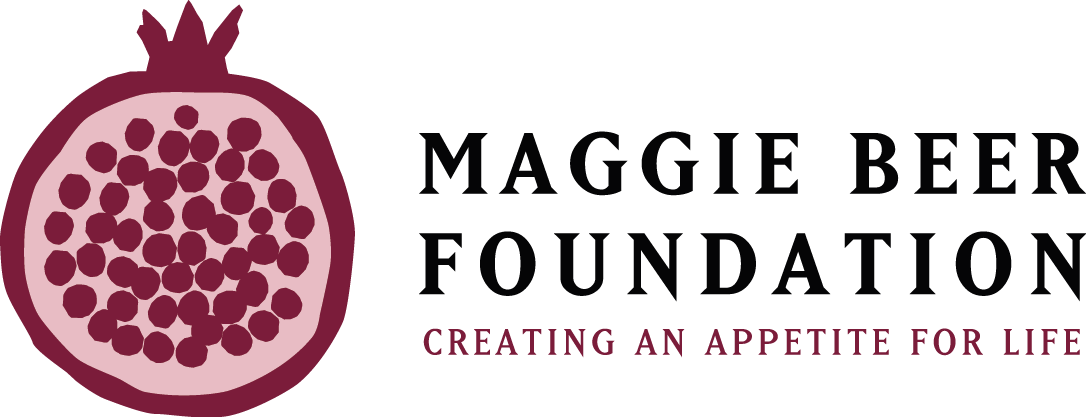To enjoy a lovely time within the garden we look for perfect sunny days that are not too hot or too cold, no rain and maybe a gentle breeze or slight cloud cover. This sounds like the ideal weather for gardening!
But if the day you’re planning some gardening is rainy or hot and humid or cold with a blustery wind then you might think about doing something else, other than gardening??
There’s many ways that gardening can be enjoyed, either by yourself or in a group, and many tasks can be achieved out of the weather and completed undercover. We call these table-top activities.
These activities have many great benefits to health and wellbeing, including improving emotional wellbeing, strengthening fine motor skills, increased confidence, reducing stress & anxiety, stimulates senses, provides something to look forward to that gives a positive outcome, increases social interaction, motivates participants and offers a sense of contributing.
When planning activities for a gardening program, it’s good to have a few activities prepared for the days that the weather is not as expected. Those days that you’ve decided to plant shrubs in the garden or do some pruning might have to wait for another day, but tasks that involve potting, seed sowing or planting bulbs can be enjoyed undercover at a large table.
Through my programs I have many ideas for table-top activities, so here’s 5 activities for all weather conditions for to enjoy…
1. Potting Flower Seedlings. Planting flower seedlings in a variety of pots and containers.
This is useful as an ‘introduction to gardening’ activity as participants create a potted plant to care for and enjoy.
Download & Print my Activity Guide for Potting Flower Seedlings HERE.
2. Sprouting Microgreens. Growing small leafy sprouts of various edible plants, used to add flavour and colour to many foods.
These small leaves are highly nutritious and delicious when added to salads, wraps and sandwiches. They add flavour and colour to most dishes and great as a garnish as you serve up a meal.
Find more information for growing microgreens HERE.
3. Regrow Common Foods. Simple ways to re-grow food for planting in the garden.
Most of the foods that will re-grow are the common foods used in our kitchens, and they are super easy to grow again…and usually again! Learn how to re-grow these plant-based foods rather than throwing them away.
Find a list of foods to grow and the methods in this article https://soiltosupper.com/easy-ways-to-re-grow-food/
4. Growing Herbs is a fantastic way to enjoy gardening, with the added bonus of health benefits and many uses from a variety of plants grown.
Many plants are considered as herbs or healing plants and have a variety of uses, including;
- Edible and Culinary foods
- Medicinal Health
- Ornamental features
- Companion plants
- Support plants
- Dyes for natural materials
- As Natural fibres
Herbs are easy to grow, are great for sensory stimulation and look beautiful in any garden!
Find gardening tips for herbs HERE and listen to my podcast episode as I share ways to grow and enjoy a range of herbs –
https://soiltosupper.com/episode-017-grow-and-enjoy-fresh-herbs/
5. Ephemeral Nature Art. Creating beautiful ‘short lived’ pieces of art using items gathered in nature.
A simple list of items is all that’s needed for this activity…
Start with a large black plastic saucer or other solid item to use as a base for art piece.
Add a piece of hessian or other natural looking fabric to line base.
Gather a collection of non-degradable natural items, eg, assorted shells, rocks, sand, crystals, thick sticks and a range of colourful natural items like pine cones, leaves, assorted flowers, bark and other natural items.
Art pieces can be created individually or in a group setting. Download & Print my Activity Guide for Ephemeral Nature Art HERE.
TIPS FOR ACTIVITIES…
These activities are designed to complete undercover at a table and are suitable for all abilities.
- Choose a well-ventilated area for each activity, especially when using potting mix and other gardening materials.
- Participants could take turns to read through steps of Activity Guide, eg going around the table, with assistance if needed.
- Ensure potting mix is damp prior to placing on tables in front of participants and only refill trays with potting mix away from the table and participants.
- Dust masks can be worn during activities and gloves are recommended with potting mix and other garden materials.
- If possible, start activity with participants standing for extra physical benefit, then allow them to sit as needed.
- Place some items slightly out of reach to offer an opportunity for participants to have small safe movements around table or to ask others to pass an item. This encourages social interaction.
These activities all provide positive outcomes for health and wellbeing.
Please always monitor participants. If gardening activities become stressful or uncomfortable for participants then the situation is having an adverse effect, eg increasing stress and anxiety rather than reducing it or increasing the risk of injury through improper use of equipment or materials.
Respond to each situation as needed to ensure safety and enjoyment for all.
If you have any questions about gardening activities or establishing a gardening program please contact me – cath@soiltosupper.com
Growing with you,
Cath
Cath Manuel is the founder of Soil to Supper and a specialist in therapeutic horticulture and kitchen gardens. Cath has many years’ experience in the horticulture industry, especially within the field of therapeutic horticulture, and provides programs both online and onsite. She also delivers unique training and provides support for people wanting to enjoy a career in Therapeutic Gardening. Cath has a great passion for sharing her knowledge to inspire and support people of all ages and abilities to enjoy gardening for improved health and wellbeing.
Find more on therapeutic gardening at www.soiltosupper.com


